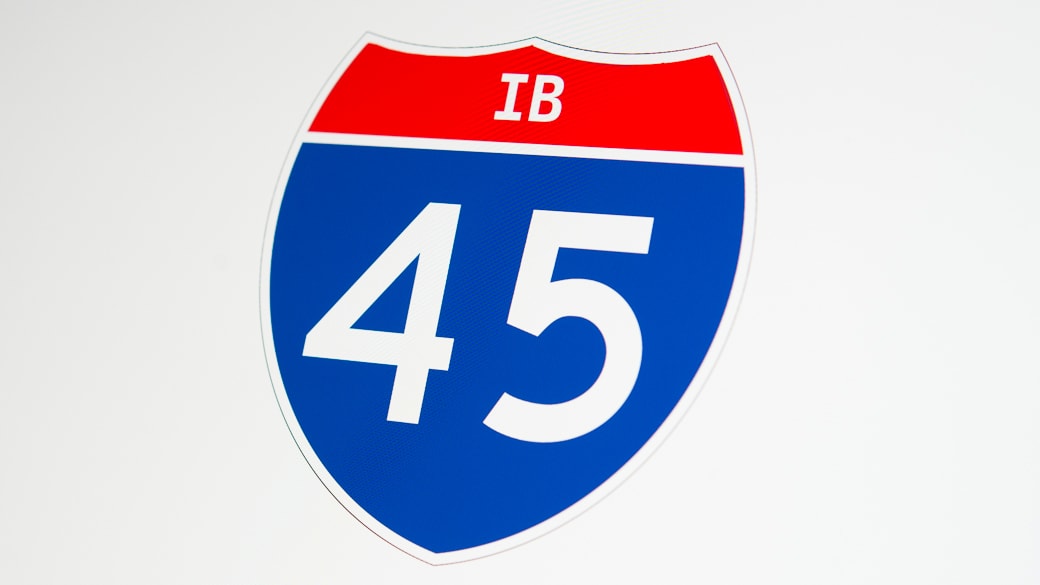How is the Theory of Knowledge course assessed?
The Theory of Knowledge course is assessed by two components: an essay and a presentation, the assessment of which usually takes place towards the end of the course.
The two components are unequally weighted, with the essay contributing to ⅔ of the final grade and the presentation the remaining ⅓ of the final grade.
The second and less heavily weighted component consists of a 10 minute presentation that can be performed by an individual or a group with up to three group members.
The presentation itself can take many forms, such as lectures, interviews or debates. You can use multimedia such as costumes, props or characters. The only requirement is that the presentation must be performed live, meaning it cannot be pre-recorded and cannot be simply a reading of a pre-prepared essay. To achieve the highest level, presentations need to be engaging and compelling for the audience.
What is the purpose of the ToK presentation?
What makes the presentation unique is that it requires students to identify and explore a well-formulated knowledge question that is drawn from a specified real-life situation that is of interest to the presenter.
The purpose of the presentation, therefore, is for students to demonstrate that analysing knowledge has practical, real-world applications.
At the conclusion of the presentation, the student will have developed a complex and insightful analysis of the real-life situation of their choosing, demonstrating a sophisticated grasp of the concepts and ideas contained in the ToK course.
They will have raised a range of convincing and compelling arguments, counter-arguments and examples, and investigated the situation from multiple perspectives.
Overall, the presentation should demonstrate that this process of analysis is relevant to wider situations beyond their original starting point.
How to begin: Choosing a Real-Life Situation
Real-Life Situations (RLS) are fundamental to the ToK presentation.
They are the main feature that differentiates this assessment from the essay. The ToK course literature highlights that real-life situations are often used as examples in the essay, but these are merely employed to illustrate an idea or reinforce an argument.
Contrastingly, in the presentation, real-life situations are the starting point of any ToK presentation. This essentially means that a good presentation will launch from a compelling situation drawn from the real world.
The RLS can be drawn from a range of sources.
It can come from a local domain of personal, school or community concerns. This could be something that has interested you in your own life or that is relevant to your local area.
Alternatively, it can be drawn from wider national, international or global concerns. This could be something that has been significant in the news or has been a recent international concern.
Read articles, research news websites and think about any local or personal stories that engage you in thinking about knowledge. Remember that your RLS is going to be rigorously analysed using the tools of ToK.
When choosing your RLS, try to think about which Areas of Knowledge it applies to and which Ways of Knowing are relevant to it.
Whichever source you draw your RLS from, here are some things to consider when choosing it.
Your RLS should be:
Specific and concise:
You only have ten minutes for your presentation. During this time you have to demonstrate a sophisticated and insightful level of analysis. You cannot allow your RLS to be so complex that it takes 8-10 minutes to describe.
Compelling:
You should try to describe an RLS that is interesting to you, the audience and the examiner. If it is compelling, you will be invested in its analysis and so will your audience.
Controversial:
Your RLS needs to be a debatable issue. This will make it easier to analyse complexly as it will naturally raise multiple points of view and various counter-arguments. It will also lead to the possibility of conducting analysis from multiple perspectives using a range of tools from the ToK arsenal.
Relevant:
Top-level presentations demonstrate how their analysis can be relevant to the wider context beyond the original situations. Choosing a RLS that is relevant to the wider context will aid you in achieving the highest levels.
One way to begin planning your presentation will be to research a real-life situation that will serve as the starting point for your presentation. If you keep these four characteristics in mind when making your decision, then you will have a strong starting point for your presentation. It will ensure that your RLS will have all the components necessary to make a compelling, insightful and strongly analytical presentation.
